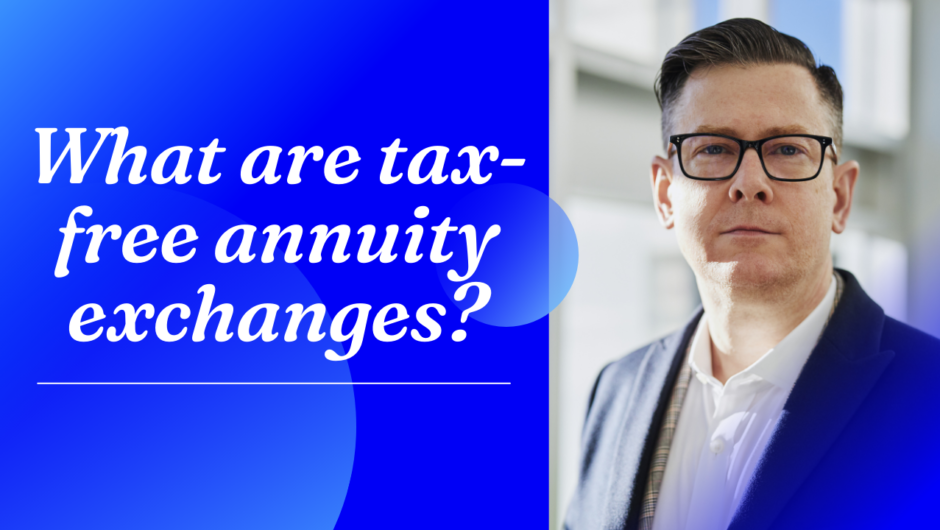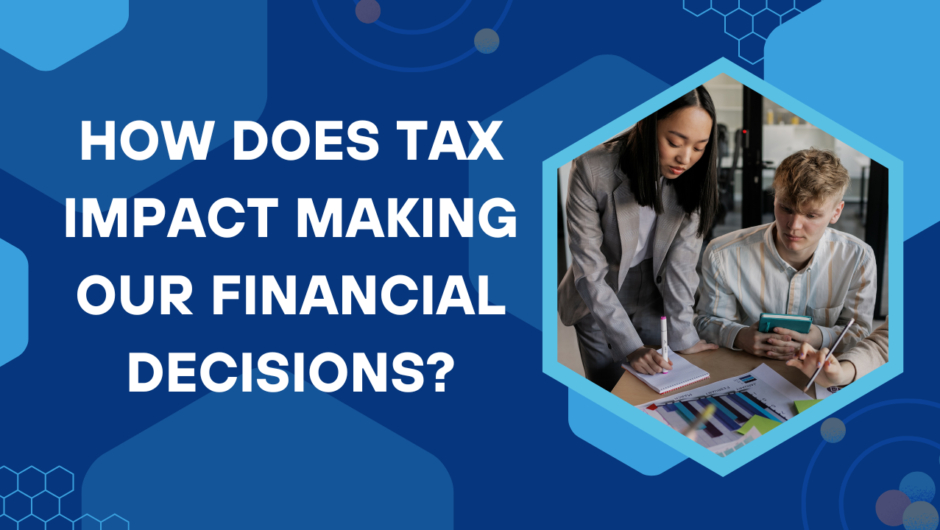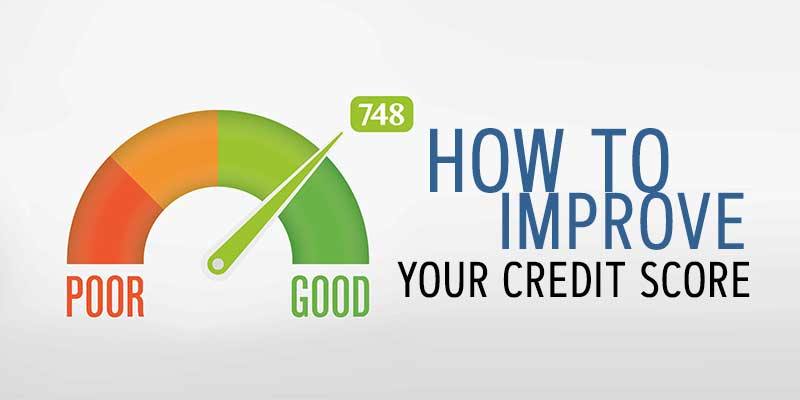Tax-saving investments involves critical decisions, and two prominent options often under consideration are Equity Linked Savings Schemes (ELSS) and the Public Provident Fund (PPF). Each avenue presents unique advantages and considerations. This introduction delves into the fundamental distinctions between ELSS and PPF, offering insights to guide individuals in making informed choices based on their financial goals and risk preferences. Understanding the characteristics and benefits of these investment avenues is crucial for optimizing tax savings while aligning with one’s long-term financial objectives.
Decoding Tax-Saving Dilemma: ELSS vs. PPF
The decision between Equity Linked Savings Schemes (ELSS) and the Public Provident Fund (PPF) is a pivotal aspect of crafting a tax-efficient investment strategy. ELSS, known for its dynamic approach, invests primarily in equities, offering the potential for higher returns but subject to market volatility. On the other hand, PPF, a time-tested haven, provides stable and secure returns with a government-backed guarantee.
ELSS is favored for its potential to deliver superior returns over the long term, driven by its exposure to the equity market. However, it comes with a shorter lock-in period of three years. PPF, with a more conservative approach, comes with a longer lock-in period of 15 years, providing steady and tax-free returns. Understanding one’s risk appetite, investment horizon, and financial goals is crucial in navigating this tax-saving dilemma.
This exploration into ELSS vs. PPF aims to unravel the complexities surrounding these investment avenues. By decoding the unique features, risk-return profiles, and tax implications of each, individuals can make well-informed decisions aligning with their financial objectives and risk tolerance. The tax-saving dilemma becomes an opportunity for investors to tailor their portfolios to strike the right balance between potential returns and stability.
ELSS Unveiled: A Dynamic Approach to Tax Savings
Equity Linked Savings Schemes (ELSS) emerge as a dynamic and rewarding avenue for tax savings, distinguished by their strategic investment approach. ELSS primarily invests in equities, harnessing the potential of the stock market to generate substantial returns. This dynamic strategy allows investors to benefit from market growth, making ELSS suitable for those with a higher risk appetite and a longer investment horizon.
The standout feature of ELSS is its relatively short lock-in period of three years, the lowest among tax-saving instruments. This grants investors liquidity and flexibility compared to other tax-saving options. ELSS investments also qualify for tax deductions under Section 80C of the Income Tax Act, enhancing their appeal. The dynamic nature of ELSS positions it as a wealth-building tool, offering the twin benefits of potential capital appreciation and tax efficiency. However, investors must be mindful of market fluctuations and exercise due diligence in aligning their investment horizon and risk tolerance with ELSS’s volatility.
PPF Unmasked: The Time-Tested Tax-Saving Haven
The Public Provident Fund (PPF) stands as a time-tested haven in the realm of tax-saving investments, renowned for its stability and secure returns. Established by the government, PPF is characterized by its conservative investment strategy, primarily involving fixed-income instruments. This ensures capital preservation and steady growth over the long term.
One of the distinctive features of PPF is its extended lock-in period of 15 years, fostering a disciplined and long-term savings approach. The interest earned on PPF contributions is not only tax-free but also compounded annually, contributing significantly to wealth accumulation. Additionally, PPF qualifies for tax deductions under Section 80C of the Income Tax Act, enhancing its appeal as a tax-saving instrument.
Risk and Returns: ELSS in the Tax-Saving Arena
Equity Linked Savings Schemes (ELSS) navigate the tax-saving arena with a dynamic interplay of risk and returns. Leveraging equity markets, ELSS aims for higher returns, making it an attractive option for investors with a higher risk tolerance. The potential for capital appreciation, coupled with a relatively short lock-in period of three years, distinguishes ELSS. While its dynamic strategy exposes investors to market fluctuations, the pursuit of higher returns positions ELSS as a compelling choice for those seeking tax efficiency and growth-oriented investment avenues.
Steady Gains: PPF’s Conservative Tax-Saving Strategy
The Public Provident Fund (PPF) adopts a conservative tax-saving strategy, prioritizing steady gains and long-term stability. PPF’s investment approach, primarily focused on fixed-income instruments, ensures a reliable and secure avenue for tax-saving. With a 15-year lock-in period, PPF encourages disciplined, long-term savings, while the compounded tax-free interest contributes to consistent wealth accumulation. While its returns may be more moderate compared to equity-linked options, PPF’s emphasis on capital preservation makes it an ideal choice for investors seeking a conservative tax-saving strategy, particularly those with a lower risk appetite and a preference for stable, reliable returns.
Financial Goals and Investment Choices
Aligning financial goals with appropriate investment choices is a critical aspect of wealth management. Whether aiming for long-term wealth accumulation, retirement planning, or saving for specific milestones, understanding individual financial objectives is imperative. For those with a growth-oriented outlook, equity-centric options like Equity Linked Savings Schemes (ELSS) may align well, offering potential high returns over time.
Conversely, investors prioritizing stability and capital preservation might find solace in conservative choices like the Public Provident Fund (PPF), known for its secure, long-term approach. Balancing risk tolerance, investment horizon, and tax implications becomes pivotal in shaping a diversified portfolio that resonates with one’s unique financial aspirations. Ultimately, the synergy between financial goals and investment choices forms the cornerstone of a strategic and tailored wealth-building journey, ensuring that each investment aligns with the broader vision of financial success.
Building Wealth with ELSS: A Portfolio Perspective
Building wealth through Equity Linked Savings Schemes (ELSS) involves adopting a portfolio perspective that harnesses the potential of equity markets. ELSS, with its focus on equities, offers investors a growth-oriented approach to wealth accumulation. By strategically incorporating ELSS into a diversified portfolio, investors can benefit from the potential for capital appreciation while spreading risk. This portfolio perspective enhances the overall risk-return profile, aligning with the financial goals of those seeking long-term wealth creation. ELSS’s dynamic nature within a well-balanced portfolio positions it as a key component for investors aspiring to build substantial wealth over time through strategic equity investments.
The Power of Compounding: PPF’s Long-Term Advantage
The Public Provident Fund (PPF) leverages the power of compounding to offer a long-term advantage in wealth accumulation. With a 15-year lock-in period, PPF’s compounding effect intensifies, amplifying returns over time. The annual compounding of tax-free interest ensures that both the principal and accumulated interest contribute significantly to the overall wealth. This compounding phenomenon positions PPF as an ideal choice for investors seeking sustained, tax-efficient growth. The longer the duration, the more pronounced the compounding benefits, making PPF a strategic vehicle for those prioritizing the enduring power of compounding in their wealth-building journey.
Making the Decision: ELSS, PPF, or a Mix of Both?
Making the decision between Equity Linked Savings Schemes (ELSS) and the Public Provident Fund (PPF) involves a thoughtful analysis of individual financial goals, risk tolerance, and investment preferences. ELSS, with its dynamic equity exposure and shorter lock-in period, appeals to those seeking potential higher returns and flexibility. PPF, on the other hand, emphasizes stability, tax-free compounding, and a longer lock-in period, making it suitable for risk-averse investors prioritizing capital preservation.
A strategic approach might involve a mix of both ELSS and PPF within a diversified portfolio. Combining growth-oriented ELSS with the stability of PPF can create a balanced investment strategy that addresses varying risk appetites and time horizons. Assessing one’s financial objectives and considering a blend of these tax-saving instruments allows investors to capitalize on the strengths of each, optimizing the overall risk-return profile. Ultimately, the decision hinges on an individual’s unique financial circumstances and preferences, urging a careful evaluation of the potential benefits of ELSS, PPF, or a synergistic combination of both in crafting a comprehensive tax-efficient investment plan.
Conclusion
In the deliberation between ELSS and PPF, or a strategic blend of both, the decision should reflect a nuanced understanding of individual financial goals and risk preferences. ELSS offers dynamic growth potential, while PPF provides stability and the enduring power of compounding. A judicious mix aligns with a diversified portfolio strategy, harnessing the strengths of both instruments. The choice hinges on the investor’s risk appetite and desired wealth-building trajectory. By considering these factors, investors can tailor their tax-saving approach, ensuring a balanced and goal-oriented investment strategy that resonates with their unique financial aspirations.
Also Read:
- Fixed Deposits vs Money Market Funds ; Which One is Right for You?
- International Mutual Funds in India- Should you Invest?
- Should you Invest in retirement savings fund?
- Potential Risk Matrix in Debt Mutual funds- How to Interpret?

Hello, I am Tanisha Kriplani, graduated in computer science from Delhi University. I am passionate about web content writing and have a strong interest in Data Analytics and Data Engineering.












